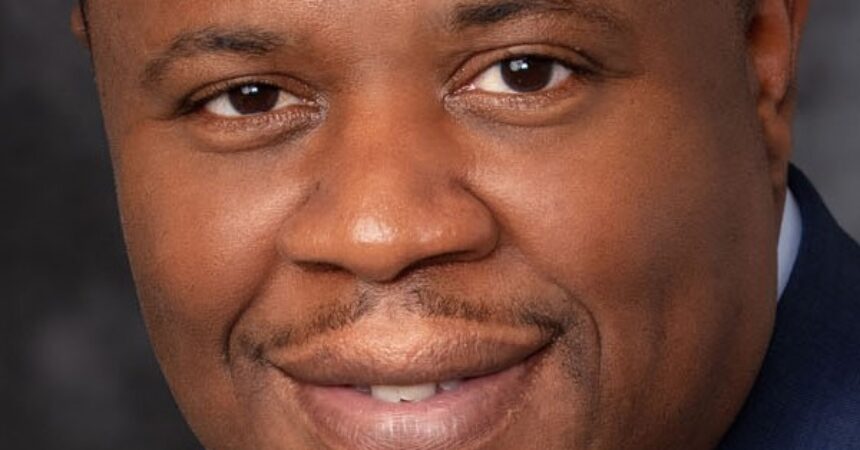
Against the Grain II
The Matrix is real, and it’s called social media

In 1999 Lana and Lilly Wachowski unleashed a movie that was so different that it caused a stir. The Matrix, which starred Keanu Reeves and Laurence Fishburne, was a delve into altered reality.
Today, the living version of The Matrix is social media.
Never have I written an article and had a part II, but so much more needed to be said about the effect social media is having on self esteem and mental state that it took two parts to complete the message.
While the first part of this piece concentrated on self-esteem, this one is about the methods youth employ to bolster their images.
Since the dawn of fashion magazines, the look of beauty has been driven by what is portrayed. For decades, thin and tall White women were the embodiment of beauty according to the fashion industry. African American women who were the first accepted into that industry had similar figures to their White counterparts and had very light complexions.
Black models who wished to break into the industry literally had to starve themselves; often making themselves vomit after eating to get down to the desired weight. Black women traditionally have a bigger bone structure and carry more weight naturally on their frames.
Today, because of social media and this millennium’s search for perfection, the “perfect” tools are built right into the smart phones that billions carry. Reverting back to the modeling and fashion industry, in the beginning, photographers and graphic designers would actually air brush blemishes off of models. Wrinkles, fatty folds or other imperfections were airbrushed away, leaving a perfect image. That persisted until about the early 1990s.
With the beginning of the 1990s, computers were powerful enough to run the mother of all perfection programs, Adobe Photoshop. This powerful tool is the number one desktop photo editing tool. Though it is but one of the functions of the powerful creation tool, it’s most prominent use is by photographers to deliver corrected pictures to clients.
Even Photoshop now pales in comparison to the “perfecting” tools built into smartphones. Working at FAMU for 10 years, I would often see students take up to 10 minutes to take a “selfie.” They would take several shots and make sure that their heads were turned just right, the lighting was perfect and their pose was not highlighting any imperfections.
Even after that, they would go into Apps on their phones and remove blemishes, lighten eyes, smooth out their hair, change the background, add sparkles and text to the picture and much more.
They are forced to do it by the nature of belonging.
Beyonce has become the biggest star because she has a following. The beautiful and talented wife of Jay-Z has made a living telling women that they are beautiful and powerful. To that end, her followers do whatever they can to capture the glamour of Beyonce in their personal photos. Not at the fault of Beyonce, but so many women live their dreams through the achievements of Beyonce. For some, the quest to attain that level of beauty is best found in “The Matrix” of social media and altered photos.
The urge to attain “likes” on social media and comments of “beautiful” both pale in comparison to the ultimate social media comment, “flawless.” The flawless comment is what is wrong with social media, a medium that has so many positives. The urge to seek flawlessness is a mentality that is adding to self-degradation of women who either feel they can’t achieve it or are satisfied by the computer-generated version of themselves. The sad part is none of the people who appear on social media as flawless are that.







